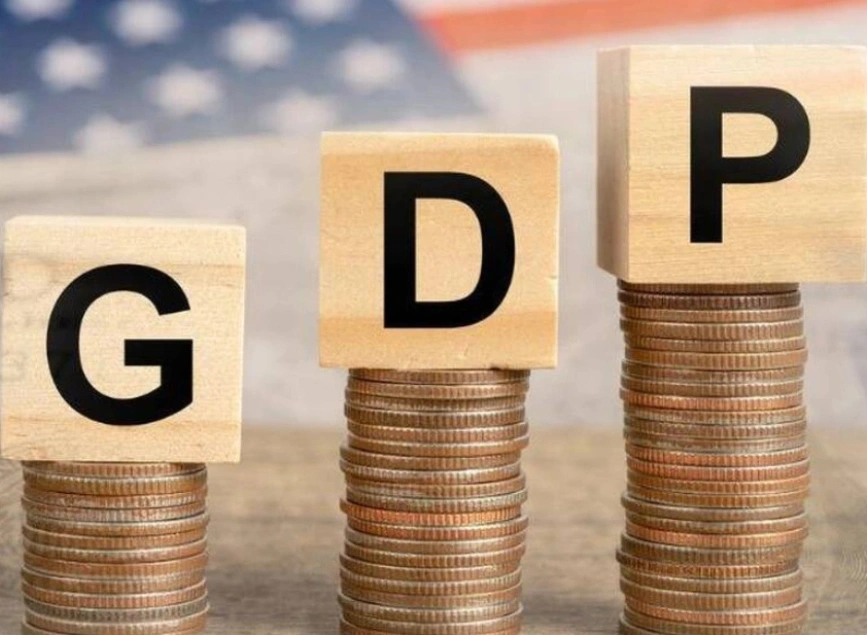
United States Dallas Fed Manufacturing Index
In October 2024, the Federal Reserve Bank of Dallas reported a modest improvement in Texas manufacturing activity, with the general business activity index rising to -3, up from -9 in September. This marks the mildest contraction since the sequence of negative readings began in May 2022, suggesting some stability in the state’s manufacturing sector. While still in negative territory, the reduced contraction indicates a possible easing of challenges for Texas manufacturers.
Strong Gains in Production and Utilization
A key highlight was the production index, which jumped an impressive 18 points to 14.6, the highest in over two years. This significant increase points to a boost in manufacturing activity across the state. Additionally, both capacity utilization and shipments moved into positive territory, with readings of 4.3 and 1.5, respectively. These gains suggest that manufacturers are gradually ramping up operations and output, a promising sign for the sector’s resilience.
New Orders Still Sluggish, Labor Market Softens
Despite these positive indicators, demand remains weak as reflected in the new orders index, which stayed in negative territory at -3.7. This decrease in new orders hints at continued caution among consumers and businesses. Additionally, labor market indicators showed a decline, with Texas manufacturers reporting shorter workweeks and lower employment levels. This points to ongoing challenges in workforce stability, which could impact production capacity if demand improves.
Moderate Price and Wage Pressures Persist
In terms of costs, price and wage pressures continued but at a moderate level. The wages and benefits index rose five points to 23.5, indicating some upward pressure on labor costs. Meanwhile, the raw materials prices index declined to 16.3, and the finished goods prices index remained steady at 7.4. These figures suggest that while manufacturers face rising labor costs, raw materials expenses have slightly eased, helping to balance overall cost pressures.
The Dallas Fed report signals both resilience and areas of concern for Texas manufacturers as they navigate a mix of stabilizing and ongoing challenges.
Share
Hot topics

Federal Reserve’s Challenges to Trump’s New Policies
As the Federal Reserve Open Market Committee (FOMC) prepares for its upcoming meeting, all eyes are on how the Fed will respond to Donald Trump’s latest economic policies. With the...
Read more




Submit comment
Your email address will not be published. Required fields are marked *